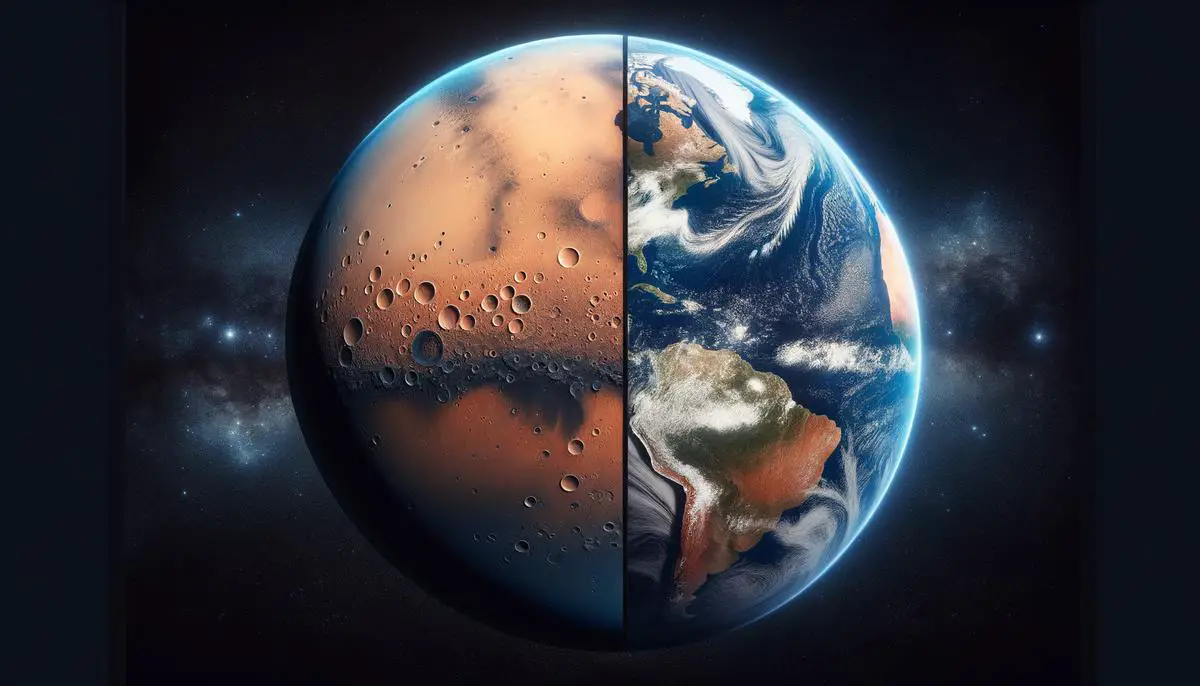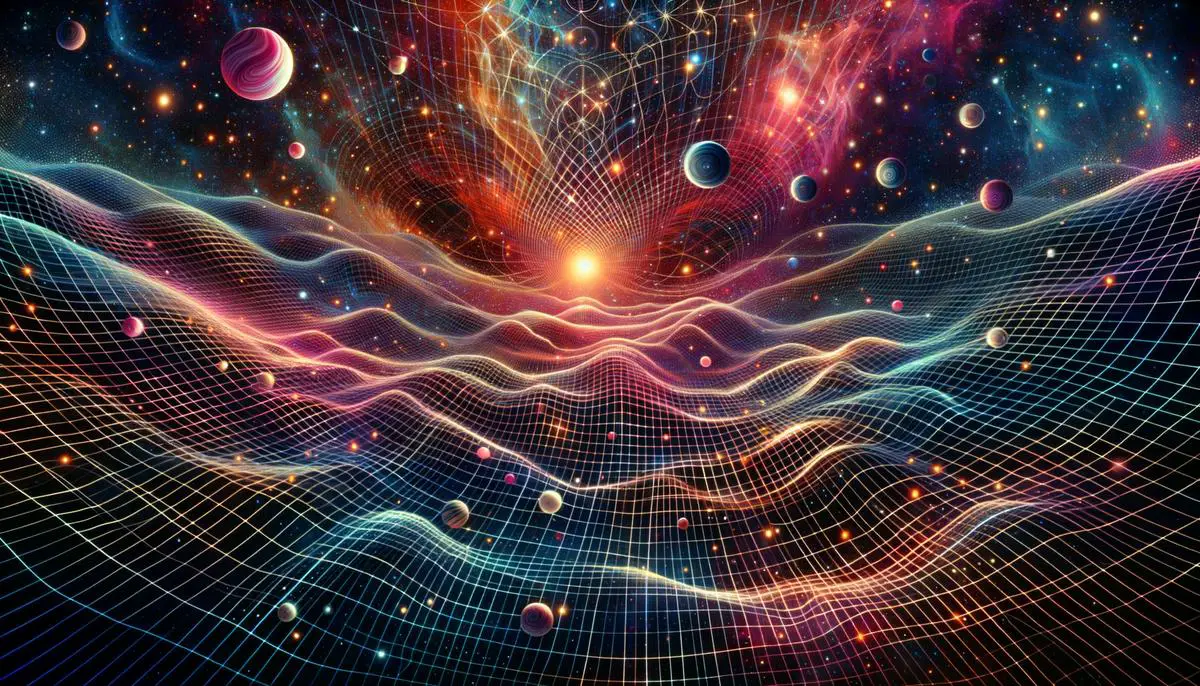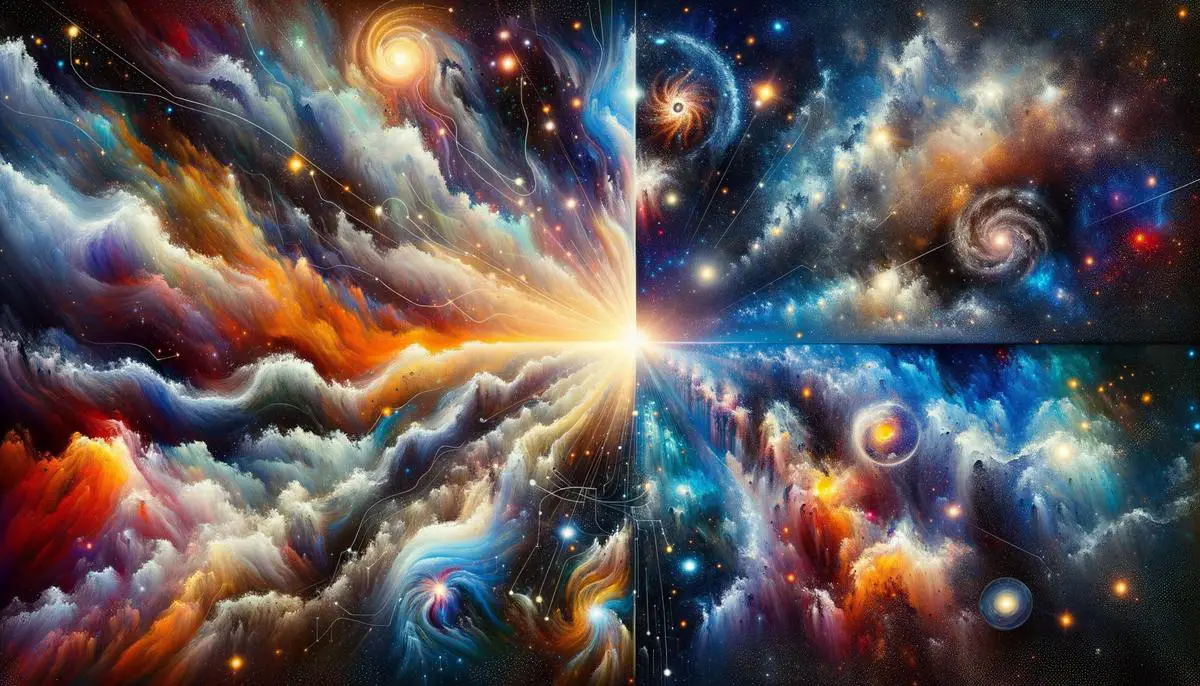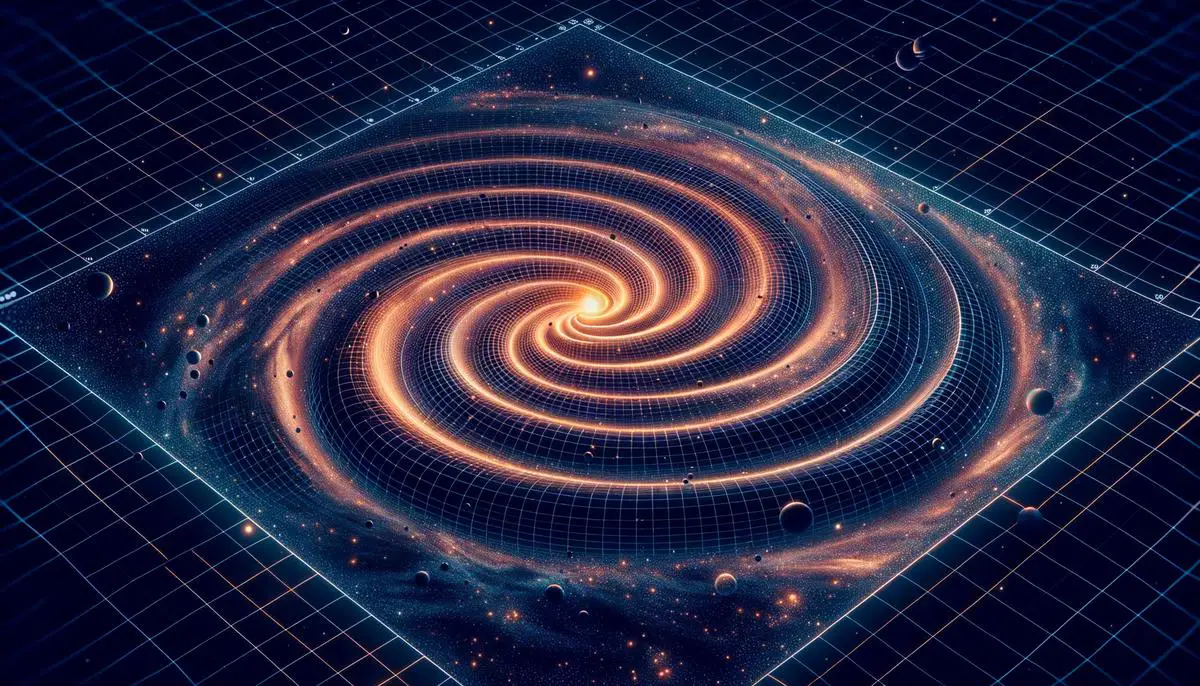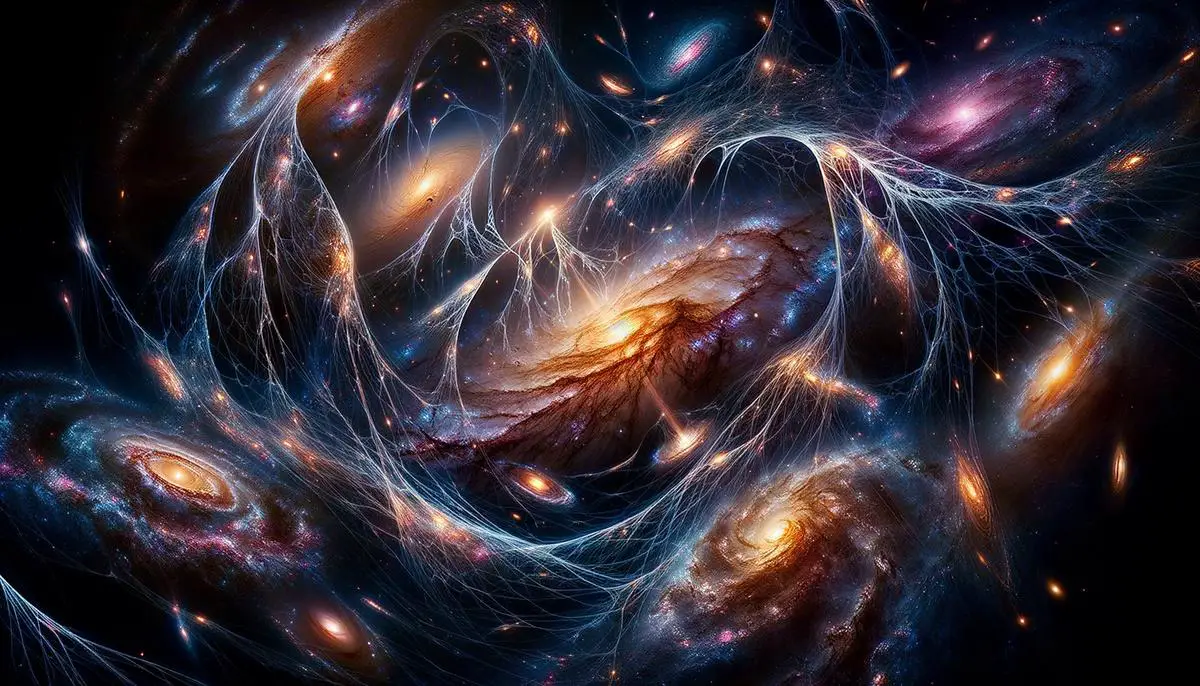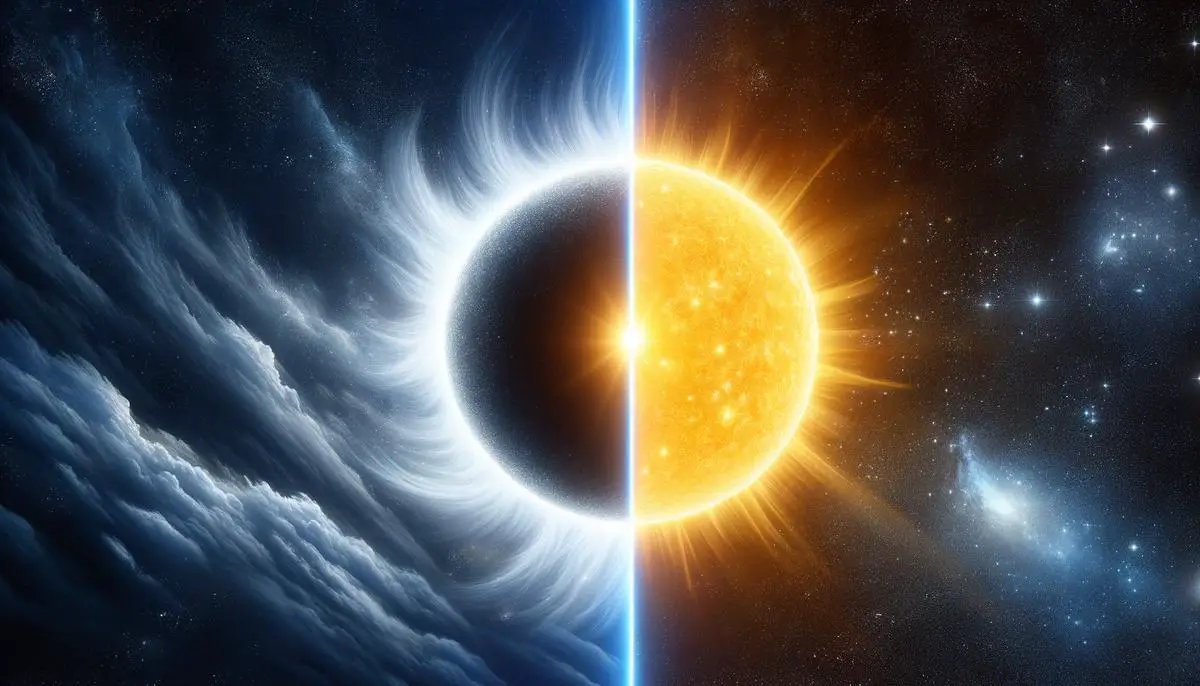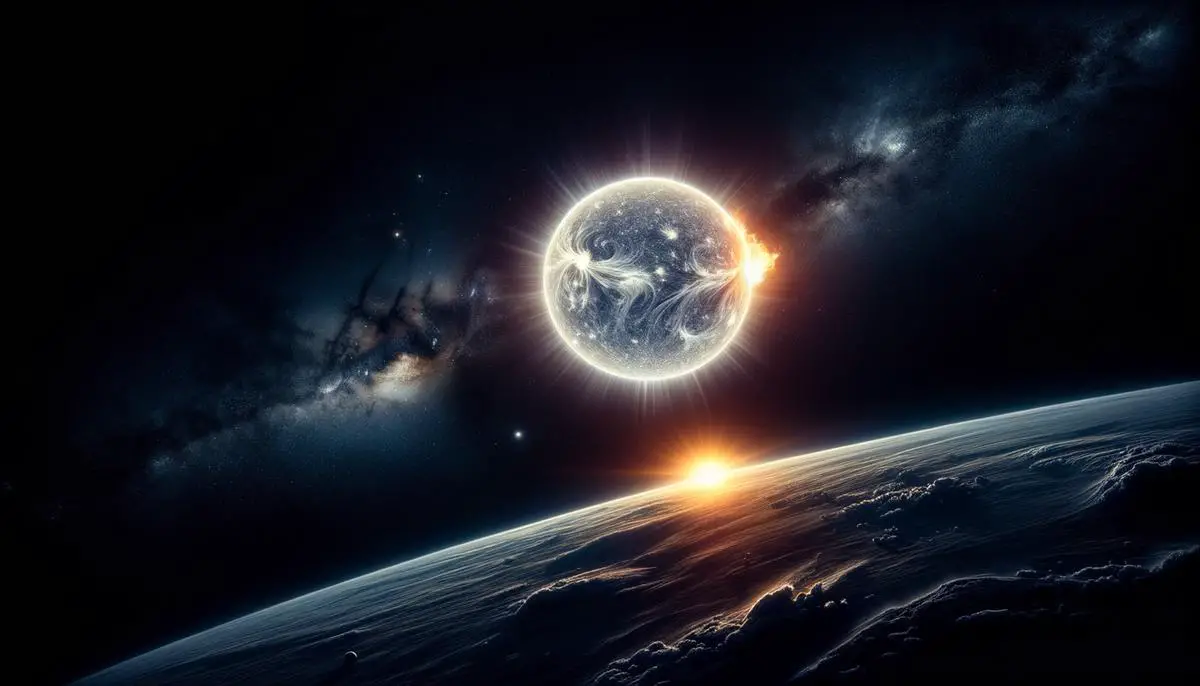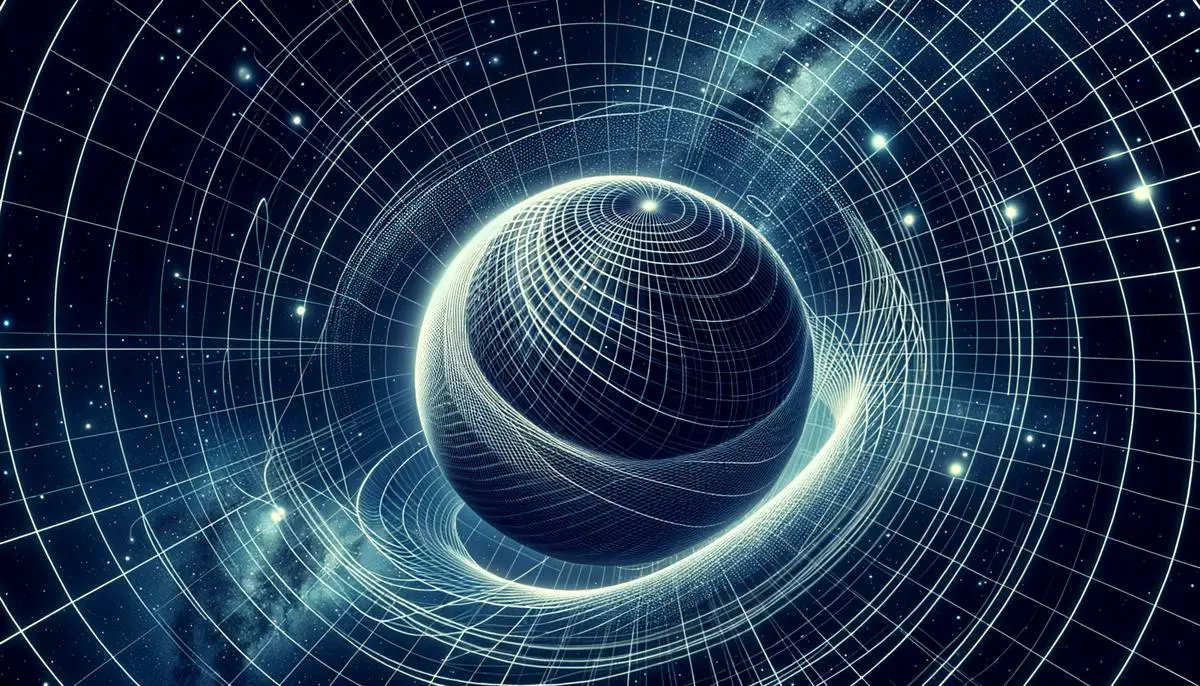Mars' Climate and Atmospheric Conditions Mars presents a stark contrast to Earth's hospitable environment. Its atmosphere is thin, offering about 1% of Earth's atmospheric pressure, and is composed mostly of carbon dioxide (95.3%). This leads to average surface temperatures of about minus 80 degrees Fahrenheit, significantly colder than Earth's global […]
![]()
